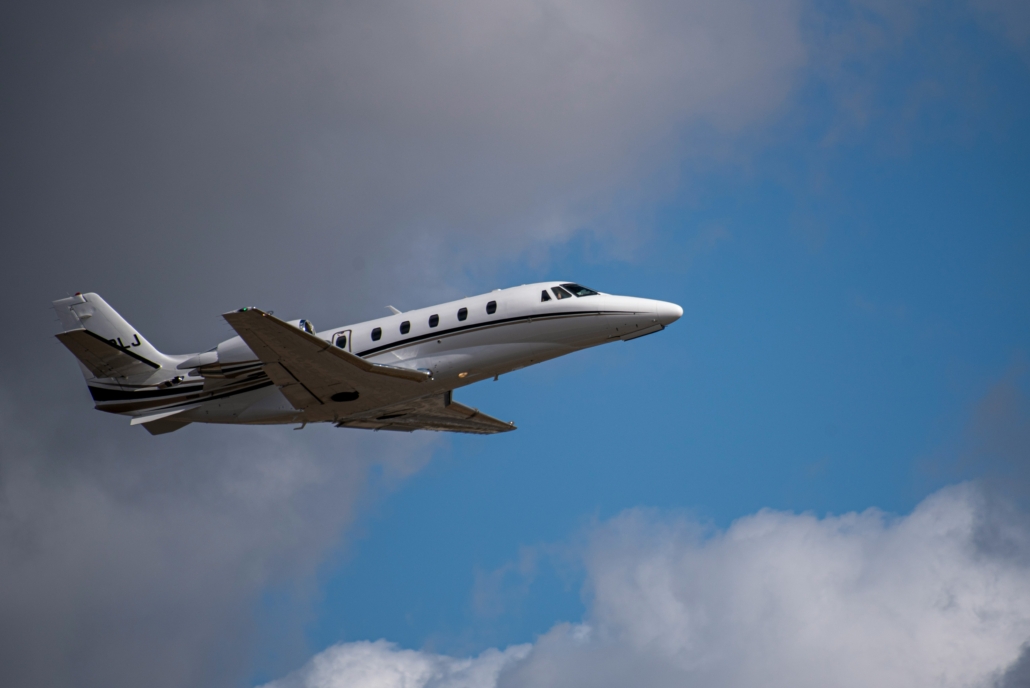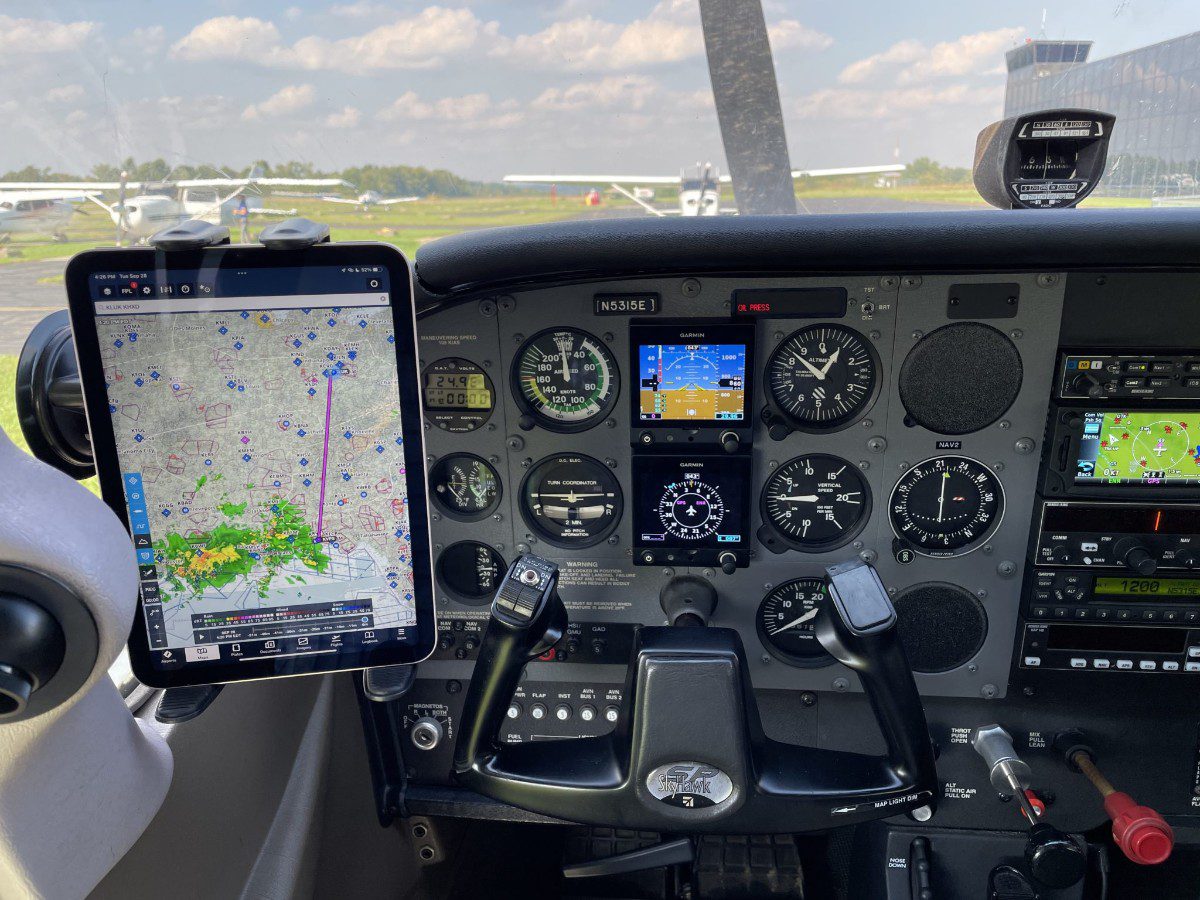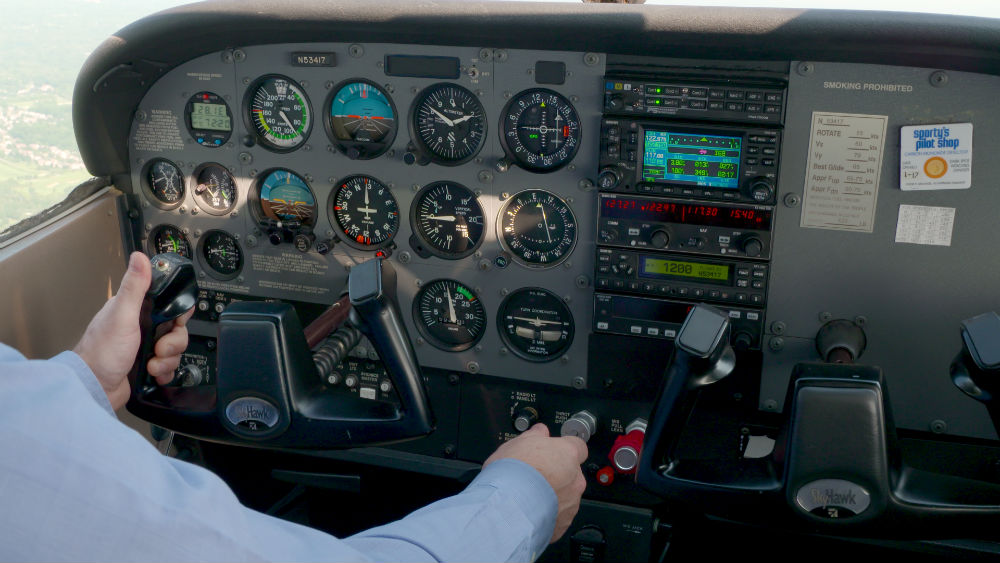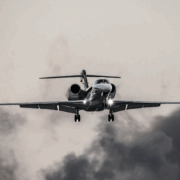Too Much Info: How to Focus IFR Thinking
|
Getting your Trinity Audio player ready...
|
Editor’s note: This article marks the IFR Focus debut of James Onieal, an ATP-rated pilot and experienced instructor with a wide-ranging background in airline, corporate, charter, and FAA operations. James has flown everything from Cirruses to Sovereigns and now shares lessons learned from years of certifying instrument procedures as a Flight Check pilot. His clear-eyed approach to risk management and cockpit organization is a great fit for our IFR-focused audience. James was also a guest on the Pilot’s Discretion Podcast. We’re thrilled to welcome him to the series.
Too Much Info: How to Focus IFR Thinking
by James Onieal

The most important systems for flying IFR safely and confidently are built on the ground, long before you ever climb into the cockpit to test them.
I’m often asked by newly certified instrument pilots, “What habits or mindsets can I adopt to move from competent to truly proficient?” After 25 years of flying alongside airline, corporate, and military pilots across Part 91, 135, and 121 operations, I’ve found that the key to becoming a great IFR pilot lies in building systems that manage risk long before it becomes a problem.
That lesson hit home when I joined the FAA as a Flight Check pilot in 2012. At the time, I had 4,000 total hours – 2,000 in 121 operations, 900 in 91K fractional flying, and over 1,000 hours instructing in both Part 61 and 141 flight schools. And yet, I was so far behind the airplane, I might as well not have been on board.
It didn’t take long to realize that without a solid organizational system, I’d quickly become the weak link, creating confusion not only for myself, but also for my fellow crew members and ATC. We were flying 30+ approaches a day, five days a week, sequencing in with airliners in Class B airspace in the morning and Cessna 172s at uncontrolled airports by the afternoon, all while navigating around the weather.
If you weren’t ahead of the airplane, you were the obstacle. It was that high-stress, fast-paced, and constantly changing environment that cemented the most important lesson I’ve learned in all my years of flying:
The most important systems for flying IFR safely and confidently are built on the ground, long before you ever climb into the cockpit to test them.
Cockpit Setup
I’ve had the chance to fly a wide variety of aircraft over the years, everything from Pipers, Cessnas, and Cirruses to Saab 340s, Embraer 170s, Citation Sovereigns, and King Air 300s. These days, I’m flying a Beech Baron for business and fun. You’d think that after 13 years of flying and teaching flight check, I’d be an expert in cockpit organization.
But the truth is, every new airplane you fly requires a fresh look at how to optimize your cockpit setup.
When I transitioned into the Barons earlier this year, the smaller cockpit forced me to rethink everything. At 6’5″, I was already tight on space. My full-sized iPad took up too much room, and the center yoke mount I’d always used started interfering with the power levers during landings.
I eventually swapped it for an iPad Mini and mounted it on the side window instead of the yoke bar. That fixed one problem, but introduced another: now my key info was on a smaller screen, in a different place than I was used to. And as summer approached, I found a new issue—overheating. The iPad, now pressed up against a large sunlit window, kept shutting down just when I needed it most.
Instead of just pushing through the frustration, I set aside dedicated hangar time to test different cockpit setups. As nerdy as it sounds, I sat in the plane and walked through a full simulated flight, from engine start to taxi, run-up, takeoff, climb, cruise, descent, IFR approach, landing, and taxi back. I experimented with different iPad mounting locations, rerouted cords to make sure nothing interfered with flight controls, and even tested magnetic cooling fans to prevent the iPad from overheating and shutting down.
Once I landed on a setup that felt solid, I gave myself a self-imposed 10-hour, VFR-only phase. I used that time to fly a few simulated IFR cross-country flights and fine-tune the setup until I was confident I could fly real approaches down to 200 feet AGL—with friends and family on board—safely and without distraction.
Takeaway: Invest the time on the ground. Testing your setup while sitting on the ramp, without burning Hobbs time, can save you from confusion or safety risks in flight. A little prep now might make all the difference when ATC is breathing down your neck and things get busy in the clouds.

Testing your setup while sitting on the ramp, without burning Hobbs time, can save you from confusion or safety risks in flight.
Information Organization
When I started instrument training back in 2001, life was simpler. iPads didn’t exist. Cockpits were filled with round-dial gauges, and most GPS units didn’t display pictures. There was no ADS-B, so we were blissfully unaware of nearby traffic unless we had it on the radio. We relied entirely on paper charts—no moving maps, no synthetic vision, no traffic overlays.
Fast forward to today, and IFR pilots have access to 100 times more information than I ever had in training. But here’s the catch: the human brain can only process a fraction of it at any given time.
Just the other day while flying the Baron, I realized there were at least six different locations in the cockpit where I could access DME information. But it wasn’t just where I got the data, it was also what the data meant. Was the DME showing distance to my next fix? My destination? The nearest airport? A nearby navaid? An ILS or VOR? In a world that preaches “more is better,” I found myself drowning in interesting but often irrelevant data. It led to task saturation and confusion, exactly when I needed clarity the most.
Here’s the key to flying IFR smoothly: it’s not just about knowing where to find information. It’s about knowing what to ignore. This skill rarely gets taught directly; most of us learn it the hard way, by getting overwhelmed at the worst possible moment.
My advice? Break down your cockpit information into three categories:
-
Need to know
-
Nice to know
-
Don’t need to know
Then, further sort those categories by phase of flight.
For example, during an IFR departure, I might need to know the distance, heading, and altitude to my first fix. But once I’m established in cruise, my priorities might shift. Now I might be more focused on things like time to destination, fuel burn, and top-of-descent distance, instead of DME to the nearest ILS.
Takeaway: More information isn’t always better. Take time on the ground to think through what data matters during each phase of flight, and make a conscious decision to focus on that, while tuning out the rest.

Take time on the ground to think through what data matters during each phase of flight.
At the end of the day, developing solid situational awareness is a personal process that takes time and experimentation. The way you build the IFR picture in your head might look different than the way I do, and that’s perfectly okay. The key is to put in the time on the ground, when the stakes are low, your brain has room to think, and you can explore freely in a low-stress, safe environment.
Try different setups, look at all the information available in your cockpit, start sorting it by phase of flight, and learn how to strip the information down to the bare minimum when your stress is highest. The minutes you spend preparing on the ground can save you hours of stress and confusion in the air.
Learn more at RavenCareers.com.
- Don’t Just Read the Notes—Use Them - September 30, 2025
- Too Much Info: How to Focus IFR Thinking - August 12, 2025



Perfect I do the same thing. Silly me I don’t have a critique on ur article. I was thrilled to see a non 100% glass cockpit, Same on my plane. The truth is less than 35% planes I get in are not totally glass. A little of this and little of that much better
Jim
Thanks for sharing. Spot on and could totally resonate.
Great article. I do the same thing with my home simulator. I play around with the different ways that I will have the cockpit set up. Super important. Thank you for sharing.